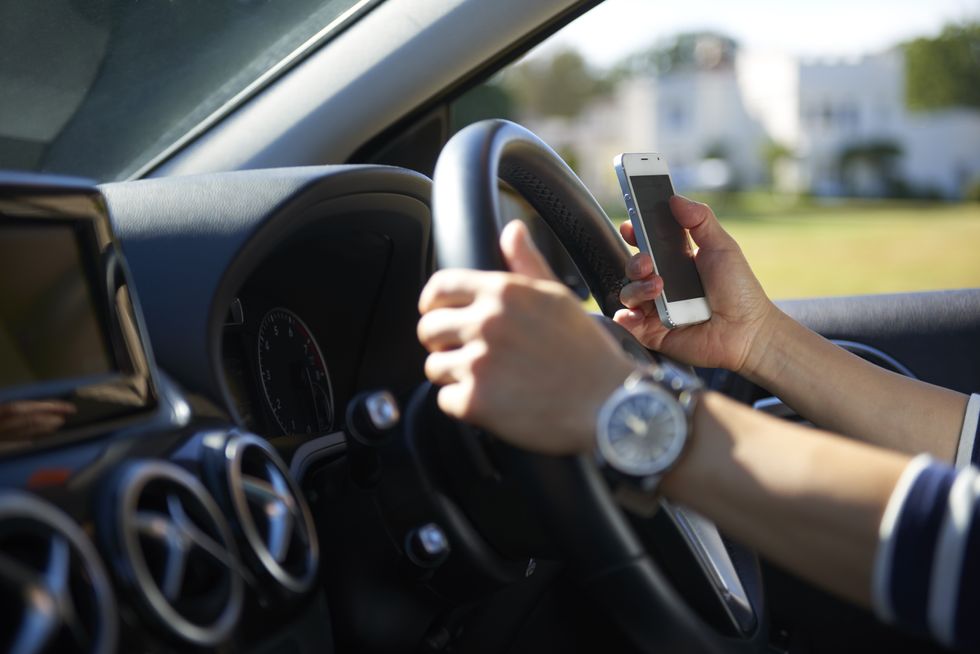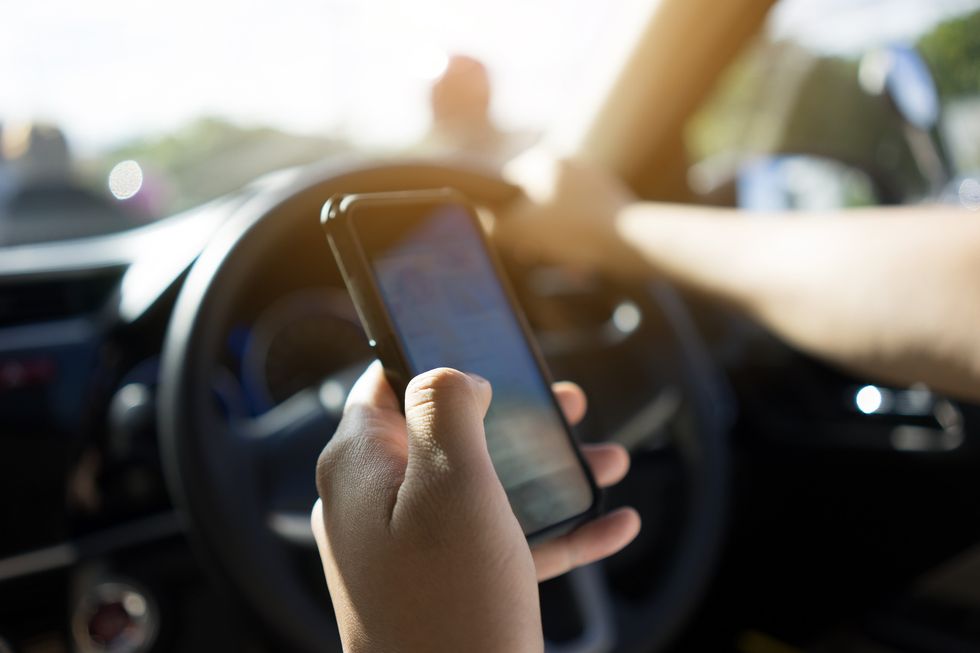Drivers face a £200 fine and six penalty points if they use their phone behind the wheel
GETTY
Emergency services to see new rules change allowing drivers to use phones behind the wheel
Don't Miss
Most Read
Latest
Motorists could be allowed to use mobile devices while behind the wheel for the first time since 2003 as the new Labour Government looks to overthrow a major rule.
The Department for Transport will soon allow emergency service drivers in the UK to use hand-held mobile devices following new exemptions approved by the Government.
The DfT has decided to implement changes to existing regulations, permitting the use of Airwave Tetra and Emergency Services Network systems by emergency personnel.
This decision comes after a targeted consultation with emergency services organisations, which took place from July 19 to August 18 last year.
Do you have a story you'd like to share? Get in touch by emailingmotoring@gbnews.uk

Emergency services will soon be allowed to use phones while driving
GETTYThe move aims to address uncertainties surrounding the use of more sophisticated communication devices that have emerged in the two decades since the initial ban on hand-held mobile phone use while driving was introduced.
The new exemptions will be limited to “press-to-talk" mode, with any other hand-held use remaining prohibited.
It follows a consultation period which received 22 responses, with the majority coming from police service organisations. Three responses were from NHS Ambulance services, five from Fire and Rescue services, and one from the Independent Office for Police Conduct.
An overwhelming 21 out of 22 respondents agreed with the proposed exemptions. They emphasised the critical need for emergency service drivers to communicate while driving, particularly during developing emergency situations.
But respondents did acknowledge the road safety risks associated with hand-held device use. However, they believed the operational benefits outweighed these concerns.
The consultation also sought suggestions on how to frame the exemptions. Respondents primarily focused on “defining the scope” of organisations to be exempted, which included the three principal emergency services and HM Coastguard.
Some suggested implementing the ESN exemption promptly to allow for on-road device testing as part of broader trials.
Despite broad support, concerns were raised by the Independent Office for Police Conduct. They expressed reservations about the safety risks and potential distractions associated with hand-held device use while driving.
Under current UK law, drivers can get six penalty points and a £200 fine if caught using a phone, sat nav, tablet, or any device that can send and receive data while driving or riding a motorcycle.
The Office argued that police vehicles should be equipped with hands-free technology, eliminating the need for hand-held communication. They suggested that the existing public interest test provided sufficient protection against prosecution.
Additionally, it highlighted uncertainties regarding the technical capabilities of ESN devices. The Office questioned how these might differ from traditional two-way radios, potentially introducing new risks.
Despite these concerns, the new Labour Government has decided to proceed with the exemptions. The decision to implement these exemptions was announced in The Road Vehicles (Construction and Use) (Amendment) Regulations 2024, which was laid before Parliament today.
LATEST DEVELOPMENTS:
- One in five motorists risk £2,500 fine and driving ban for breaking Highway Code safety rule
- Pay-per-mile taxes tipped to give drivers ‘more control’ over costs amid major cost hikes coming in next year
- Driving law changes may see Britons forced to take 'mandatory training' to crack down on licence points
 Data shows that 11 million drivers break the law every year GETTY
Data shows that 11 million drivers break the law every year GETTYThe DfTacknowledged that technological advancements have led to more sophisticated devices with embedded two-way radio functions.
The new regulations mark a significant shift in policy for emergency services communication. While maintaining the general prohibition on hand-held mobile phone use for most drivers, they recognise the unique needs of emergency responders.
In order to meet the new rules, emergency services organisations will need to ensure their drivers are trained in the appropriate use of these devices. They must also maintain awareness of the potential risks associated with any form of distracted driving.













